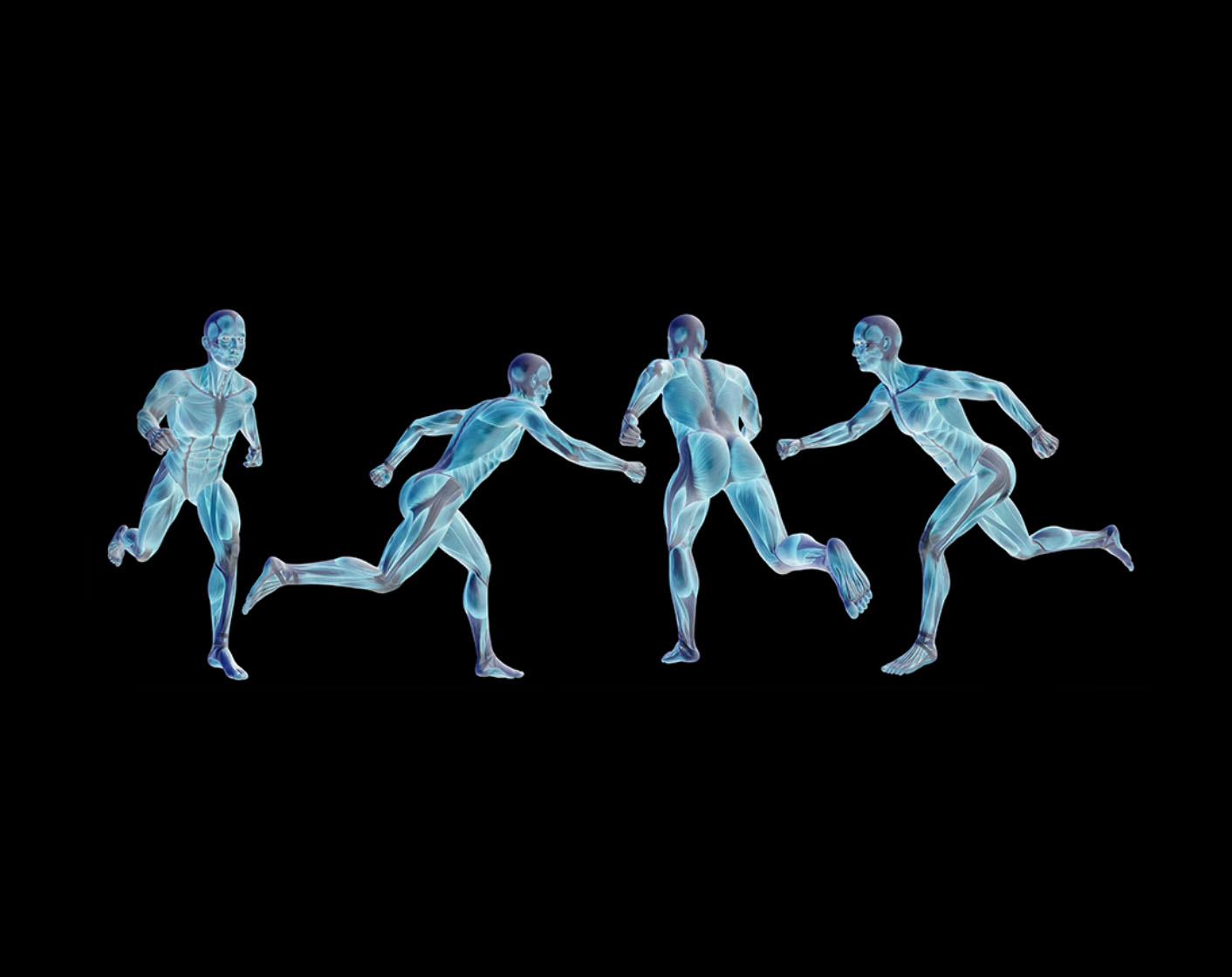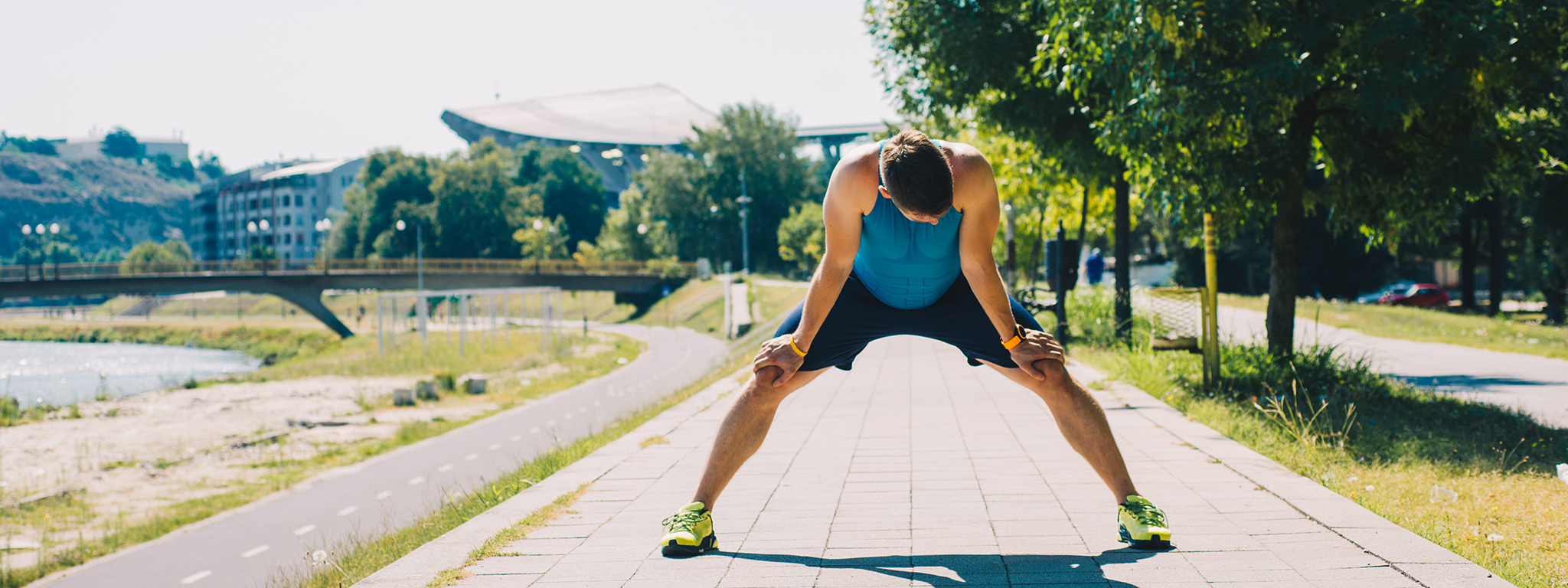
Lower Body Prep: Hip Mobility Exercises
- Noah Soliman
The modern economy hasn’t prepared us well for physical activity; hours sitting at a desk causes the muscles in our hips to become tight and weak – setting us up for discomfort, worsened performance, and potentially injury. To counteract these risks, it’s critical you have a fundamental understanding of hip mobility exercises, allowing you to apply them following a day at the office and ahead of exercise. This is highly applicable for sports requiring multi-directional movement, such as soccer, basketball, and tennis. In this episode, we’ll dive into the best hip mobility exercises and dynamic hip mobility exercises to ensure maximal comfort following a long day’s office work – whether you’re preparing for sport or not.
Understanding our Groin
The groin is the area between our torso and thigh which contains our hip flexor muscles. These are a group of muscles whose primary role is to bring the knee closer to the chest (hip flexion), enabling us to execute multidirectional movement.
Muscles within the hip flexors:
Psoas Muscles: Consisting of a major and minor muscle, the psoas muscles are responsible for connecting the upper and lower body and hip flexion. Weirdly, the minor muscle is only present in around 60% of individuals.
Iliacus: This triangular-shaped muscle is responsible also responsible for hip flexion, on top of postural stability.
Rectus Femoris: Despite being a quadricep muscle, the rectus femoris has an important role in hip flexion and knee extension – making it a hip flexor!
Sartorius: The sartorius is the longest muscle in the body, also involved with hip flexion.
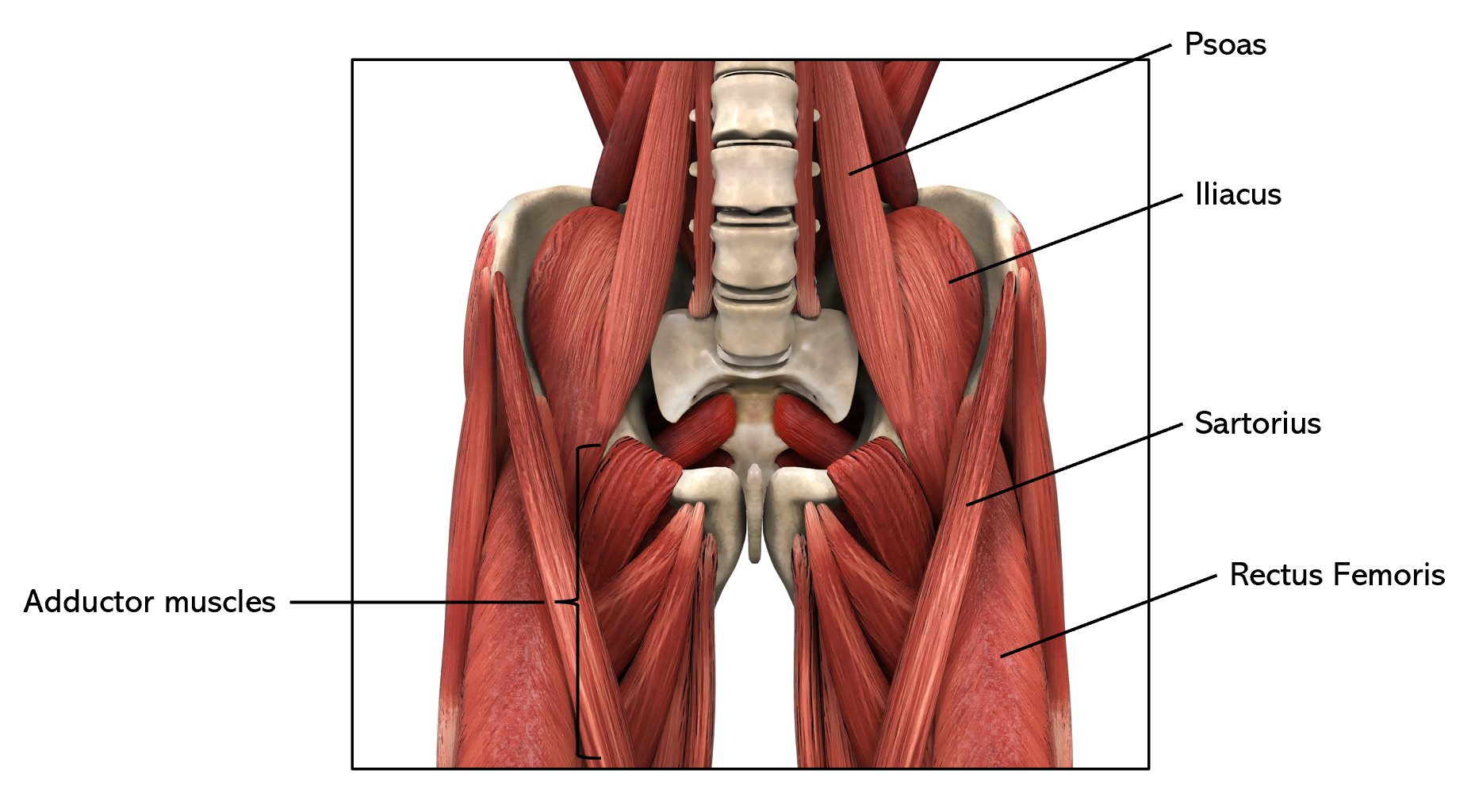
The combined anatomy and function of the psoas major and iliacus can be expressed as the iliopsoas muscle.
Other muscles within our groin area include the adductor brevis, adductor longus, and adductor magnus – responsible for pulling your thigh inward and rotating upper leg inward.
Athletic Applications of the Groin
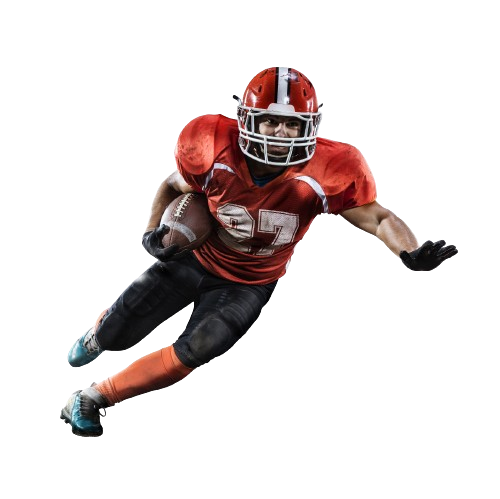

Muscle strains occur when the tissue is overstretched and/or overloaded. Muscle strain probability increases when the muscle is weak and shorter. A great preventive measure to minimize strains is to incorporate a comprehensive routine of dynamic hip mobility exercises and hip strengthening exercises – in which the best ones can be found and followed at PhysioFrog.
Research has suggested that muscles of a higher length can exert and transfer greater bouts of energy. This contributes to stronger kicks and quicker changes in direction, contributing to higher athletic performance.

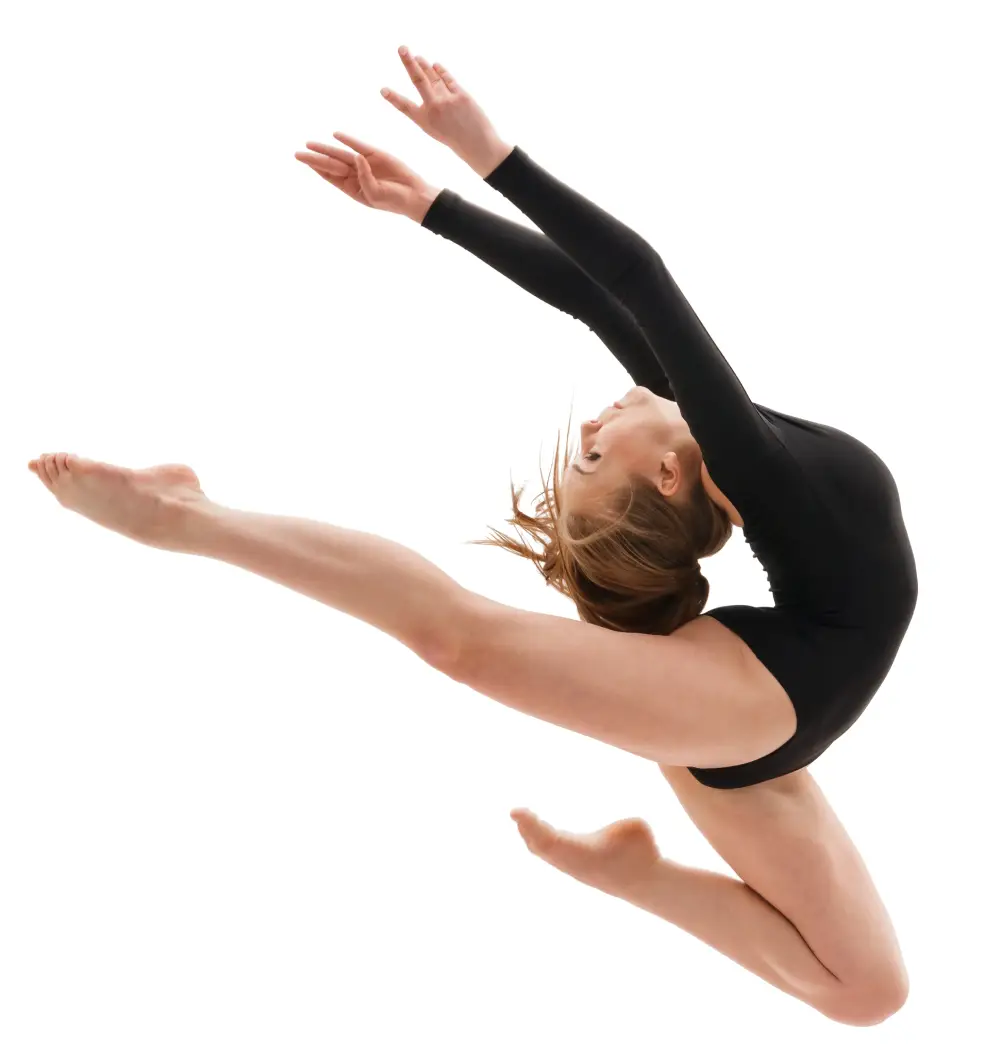
PhysioFrog’s Best Hip Mobility Exercises
Along with uncomfortable movement, a set of tight hips is reported to actually cause lower back pain and poor posture. This collection of impacts is bound to negatively impact your quality of life, so consider performing these best hip mobility exercises improve your livelihood and athletic performance.
Whirlwind: This exercise was designed to gently open up your hips and is complemented well with deep breathing.
How to Perform:
(1) Place your feet shoulder width apart and let them fall to one side.
(2) With hands behind your back, lean on the forearm that is on the opposite side to the groin you wish to target.
(3) Swing the other arm across your body, squeezing your glutes to lift your hips at the top of the movement.
(4) Control your breathing as you perform the exercise.
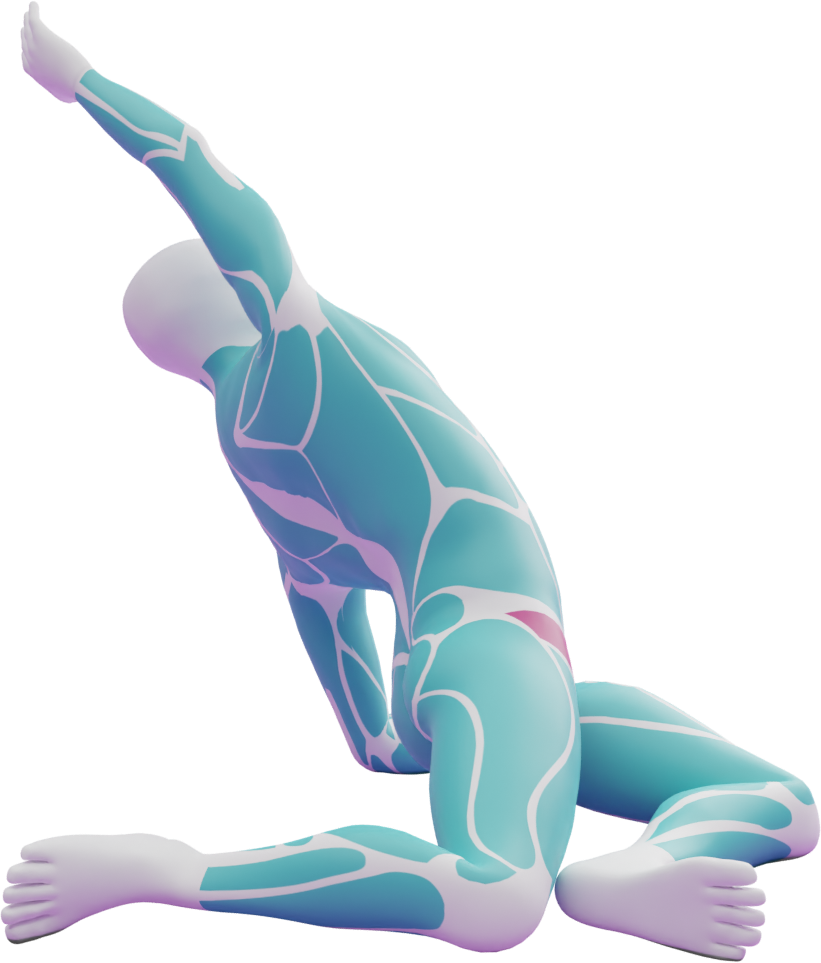
High-Cross Knees: This exercise looks to promote blood flow to your groin, warming up the muscles to make them more responsive to deep stretches.
How to Perform:
(1) Stand up tall with your core braced and back straight.
(2) As you perform high knees, touch the high knee with the opposite arm.
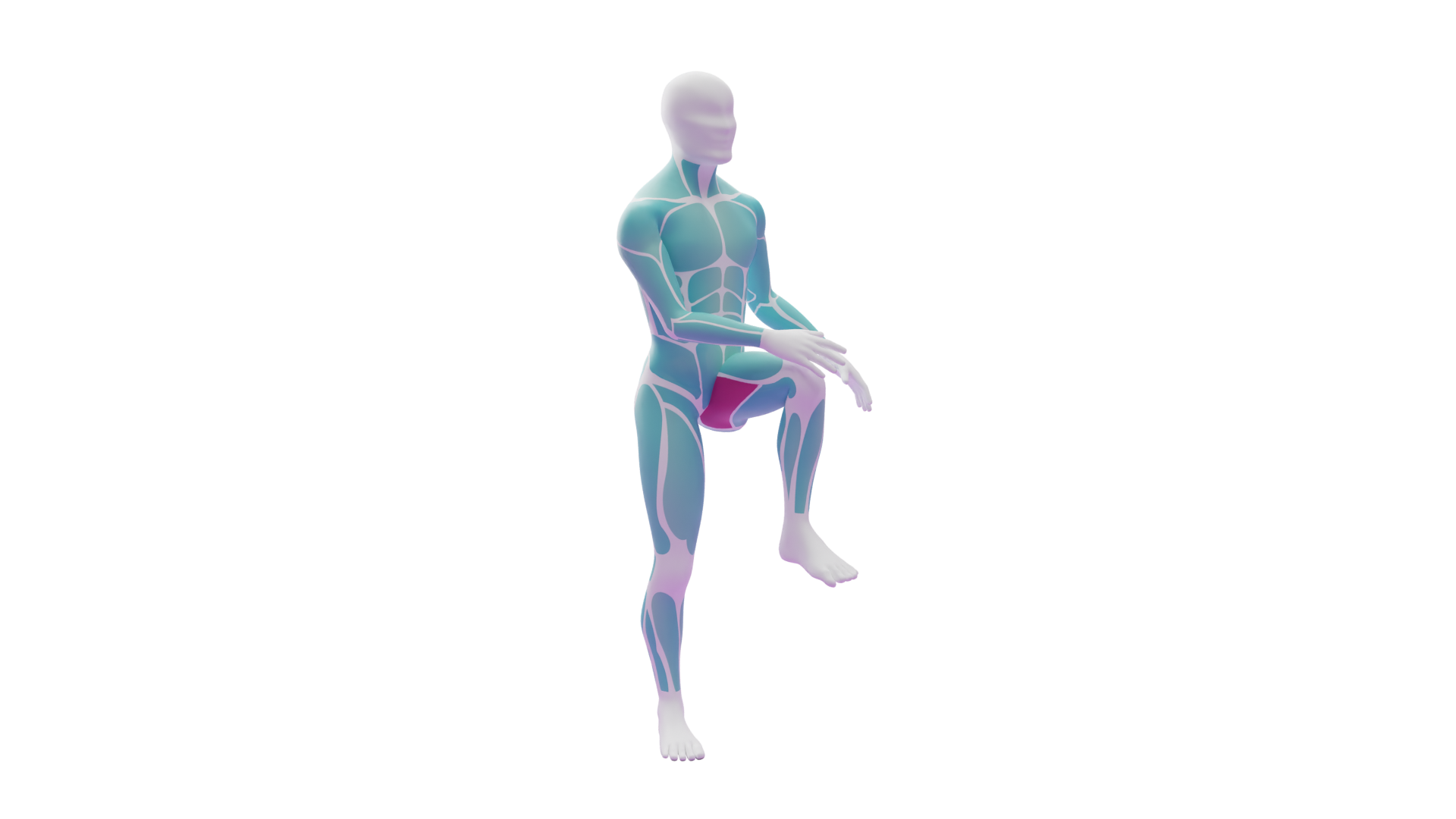
Worldwide Lunge: This exercise tests your groin’s flexibility by exposing the muscles to high ranges of motion. These ranges of motion likely mimic the ranges of motion required during sporting activity.
How to Perform:
(1) Start in a lunge position with your back straight.
(2) Perform two pulses over knee before returning to the neutral position.
(3) Complete in sequence: front, 45°, 90°.
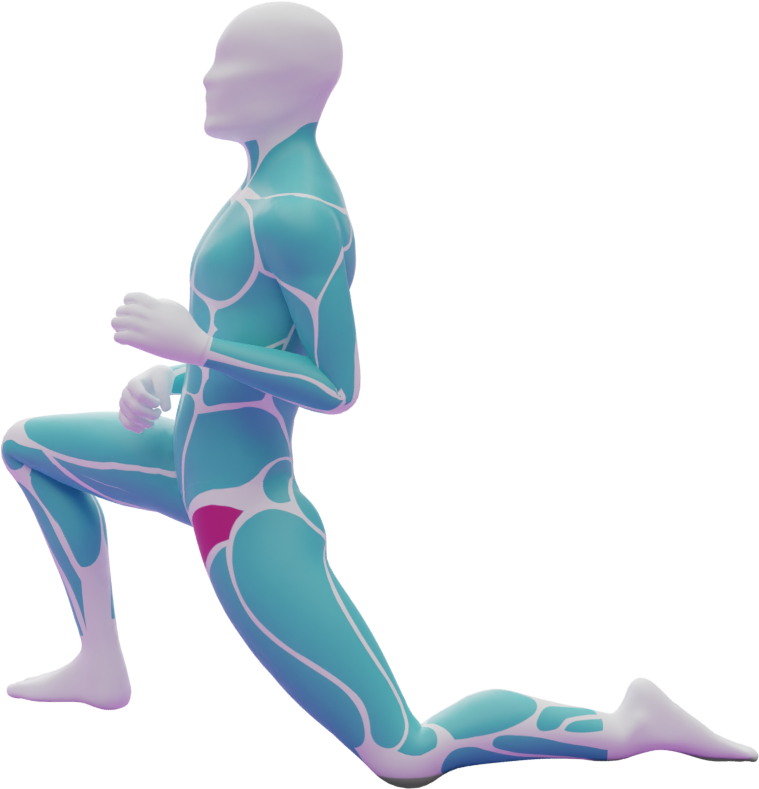
To follow 3D muscle-body animations of these exercises, plus many more, check out PhysioFrog’s library of exercises here – exercises cover scopes of muscle mobility, strength, and endurance.
Developing a Routine of Hip Movement Exercises
It’s all well knowing the exercises you should perform, but what about when you should perform these hip mobility exercises? Try and dedicate a couple times per week to focus on your mobility, as this will counteract the tightness built up from your work and give an opportunity to relax. We also recommend performing our hip flexibility exercises in-and-around the day of physical activity – maybe an hour before exercise or 20 minutes after? We’re suggesting these times as research has hinted that stretching just before exercise can reduce muscle strength, however muscles frequently stretched to its maximum length have reported higher strength and reduced injury risk.
However, in the grand scheme of things, it’s about consistency. Remaining consistent with these hip mobility exercises will maximise your everyday comfort, enhance athletic movement, and heavily reduce injury risk.
Other holistic to consider include proper hydration (increases muscle pliability), high quality sleep (improves neuromuscular activity and coordination), and proper form (to maximise each rep’s benefits).
For Lower Body Excellence
The days are short and the things to do are endless, but dedicating just 15 minutes a few times a week to dynamic hip mobility exercises will ensure: fluid and comfortable lower body movement, enhanced athletic performance, and reduced injury risk.
Consistency, proper hydration, quality sleep, and proper form will intensify the benefits associated with mobility exercises, so ensure you’re well balanced across these areas.
For recommended muscle mobility, strength, & endurance exercises to ensure maximal comfort and performance and minimised injury, check out physiofrog.io. We recommend exercises, such as hip mobility exercises, based on your age, sex, occupation, and activities played – in which we determine which of your muscles are most prone to injury, discomfort, and underdevelopment.
Peak Performance demands Peak Preparation.
Thanks for reading,
Noah Soliman, Principal @ PhysioFrog
Get to grips with the physiology and mechanisms behind our warm-ups, and learn how their applications can maximise your on-field performances. Along with the physical benefits of muscle preparation, get an insight into its psychological benefits to truly understand your mind and body!
Get to grips with the physiology and mechanisms behind our warm-ups, and learn how their applications can maximise your on-field performances. Along with the physical benefits of muscle preparation, get an insight into its psychological benefits to truly understand your mind and body!
Hip discomfort or weakness? Check out our groin mobility, strength, & endurance exercises



